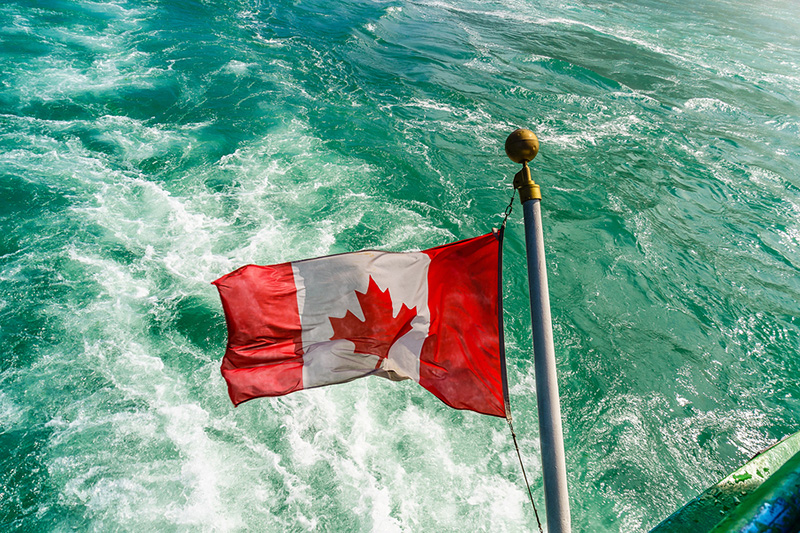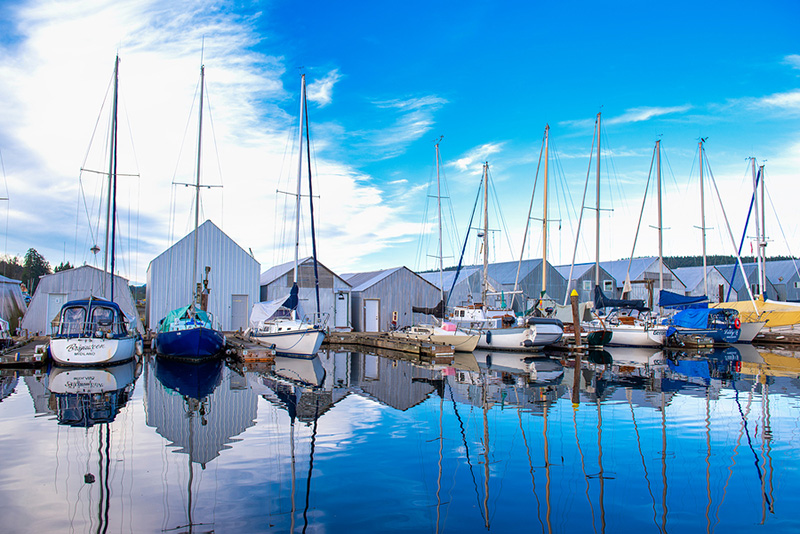Now that you have your vessel, what’s next? The requirements for registering and licensing vessels in Canada are detailed but straightforward. It is just a question of filling out the correct forms. Which forms depend on to what use you wish to put your craft. First-time registration is quite simple because the information is basic and much of it is already on the paperwork you receive when purchasing the vessel.
Most of the vessel licence requirements are set out in the Canada Shipping Act, 2001 ,and cover your right of legal ownership, the name of the vessel, and the right to fly the Canadian flag. It also includes your home or port of registry. The rest deals with the dimensions and particulars of the craft, such as type, length, the method of propulsion, engine size, and capacity. The technical schematics will be included with the documentation when purchased. This registry form is in effect an official history of your craft, starting from the builder’s name and going forward. The paperwork follows the vessel from one owner to the next and is quickly recoverable if the original documentation is lost or destroyed. It will also include what is the intended use of the craft, commercial or pleasure. National Vessel Registry Center Corp. provides the documentation you need and can assist you through the process.

Commercial vs Pleasure
The difference between pleasure and commercial craft is based on the use of the vessel. The distinctions are relatively simple. Any craft that is man powered, by oars or paddle, can be defined as a pleasure craft. Any craft that used for personal pleasure or recreational activities by you, your family, or guests is considered non-commercial and therefore, pleasure craft. This also includes motor powered or sailing vessels. If you live on the boat, it is also considered a pleasure craft. All pleasure craft are required to have a licence and display it on the bow. Failure to do so can result in a fine. Usually, a craft that is powered by motor/engine of less than ten horsepower (7.5 kW) doesn’t need a licence. There are ‘Exempted Classes of Vessels’, which can be investigated on the government site or other websites.
Under the vessel licence requirements, if you intend to provide a paid-for service, your vessel is categorized as a non-pleasure or commercial craft. Resort tours or excursions that charge a fee to use the craft call into this category. Other types of paid services, such as transportation of people or goods are considered commercial. It should be noted that after the initial registration and inspection on a commercial vessel, there are subsequent and obligatory inspections, and these are the responsibility of the operators and owners. Any ship under 15 tonnes and carries less than 12 passengers must obtain an inspection from the Marine Safety office to maintain an operating certificate. Vessels over 15 tonnes must be inspected annually. Commercial vessels that don’t carry passengers are expected to obtain an inspection certificate every four years.
Some Basic Rules
If you intend to register a vessel for commercial purposes, then the regulations are more stringent, for example, when a company wants to do tours on the Great Lakes and operate in Canadian waters. Vessels of over 15 gross tonnage will need to be on the Canadian Register of Vessels, whereas those under 15 tonnes can register on the Small Vessel Register. Vessels that require mortgages or also operate outside of Canadian waters must be on the Canadian Register of Vessels. These types of craft will also fall under the remit of the new ‘Marine Personnel Regulations‘, which monitor the competence of crew members. The regulations are in split into three parts.
Part 1 and 2 deals with the level of performance of crew members. That is, their expected standard of training, qualifications, and what maritime certificates they process. It also includes the type of personnel necessary to operate a particular size of the vessel and the actual number of the crew, manning levels, to ensure safety measures. Larger craft will need a captain with a certified Master’s ticket, but smaller vessels are only required to be piloted by someone with a Small Vessel Operator Proficiency certificate. All vessels need a valid inspection certificate, which states that it is sea-worthy.
Part 3 deals with ‘Maritime Labour Standards‘. These refer to international maritime labor laws and regulations that Canada is party to. It lays out the obligations and rights between seafarers and employers. It covers hours of work, rest days, insurance coverage, medical benefits, and responsibilities of each maritime worker, just the same as any land-based employee.
Cutting the Red Tape
Registering and licensing for larger, commercial craft can be complicated and time-consuming, but the companies that are experts in providing these services will navigate you through the vehicle licence requirements and will see that your operation or your pleasure boat complies with all the government maritime regulations and laws on a timely basis.

